Hello wonderful people on #Steemit! A very warm greetings to one and all. Hope you all are doing well in your life! In today's article, we're going to be discussing about a relatively unusual type of an asteroid that was actually discovered not so long ago in Africa and we are also going to be discussing about this theory that this asteroid may have created; that suggests there might have been another planet in our solar system that met a violent end.
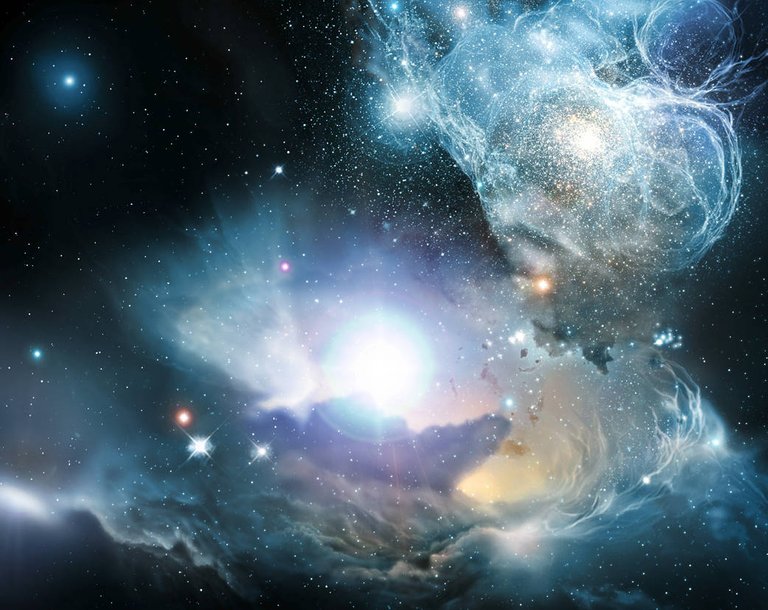
Hope you people will read my article and provide your valuable suggestions and thoughts by commenting below. So, without any further delay let us start the exploration!!
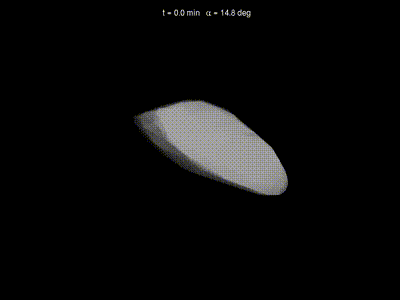
So, this is actually not the asteroid I'm going to be talking about because the asteroid became a meteorite and landed or crashed or basically exploded on the planet Earth. There's actually a lot to say about this asteroid known as 2008 TC3. You can see the simulation of the asteroid right there in the above and also the location where it landed in the region or if you browse to the bottom of the Wikipedia here shows you the actual findings and the actual more specific location of where it ended up landing in the North Africa. Now, interestingly this asteroid created quite a lot of really interesting and very unusual theories and specifically the one we're going to be talking about relates to an unusual idea of it actually may be being responsible or being born from an explosion or a collision of a relatively large planet.
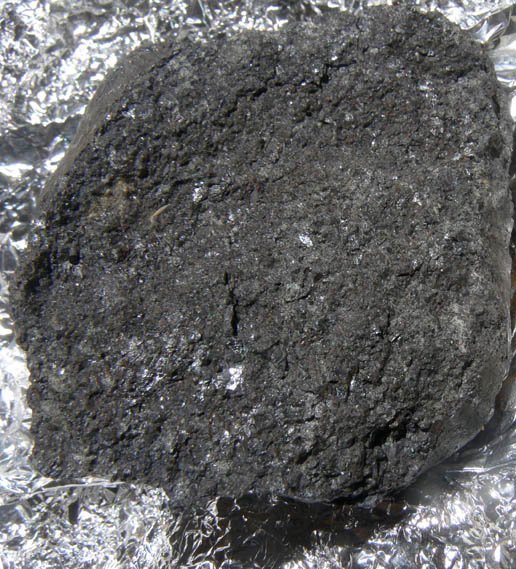
So, let's discuss a little bit about it and which we actually simulated in the Universe Sandbox to explore and share the mystery with you all guys. So, first of all what exactly is and why exactly is this asteroid unusual? It's a type of asteroids and there's actually you may probably find quite a lot of them there in the space called Ureilite. Now we don't really know how many there are in our solar system; don't really know how big they are! But what we do know is that we don't know where they came from. Usually most asteroids in our solar system have classifications. They're classified as either Jupiter type, Vesta type series and basically they're usually classified by their origin. So, in other words we normally know where they came from. Well, even know when asteroids came from Mars like for example if Mars experienced some sort of collision on the surface and something may have crashed there and created a very large explosion that then resulted in pieces of Mars basically flying into the solar system and eventually coming into the Earth.
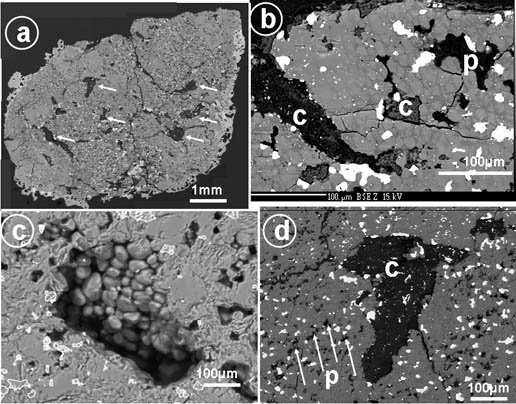
We even know when it's basically Martian asteroid. As a matter of fact one of the asteroids ALH84001 came from Mars. This is because I basically became interested in Astrobiology and Astronomy from the baseness asteroid based on the findings of this particular asteroid and this asteroid was found back in 1984. But 2008 TC3 and more generally the so called Ureilites are actually a group of asteroids that we don't really know much about in terms of their origin and here's actually you can have a look at the image here about how Ureilites kind of looks like. Their name comes from a smaller town in the Republican Russia and their type has actually been discovered back in 1886. But this particular asteroid that we're talking about today was discovered in 2008.

Now, the initial thing about this particular asteroid is that this was the first time ever we were able to track even before it was able to reach Earth and have an impact. As a matter of fact 19 hours before it entered our atmosphere we were already tracking it and this kind of indicated to us that we finally reached the ability to track near-earth objects relatively accurately even before they enter Earth and this this object was only 4 meters long. So, it's relatively small and this was a huge milestone for space tracking we were able to simulate it. We were able to take infrared photos of it and also even photos of an actual flash when it entered the atmosphere. Now, when this particular asteroid crashed on the surface were recovered about 600 pieces and then we started looking inside of them and discovered some unusual things and the most unusual thing was that we discovered nano-diamonds inside the asteroid and even though diamonds are not particularly interesting usually.
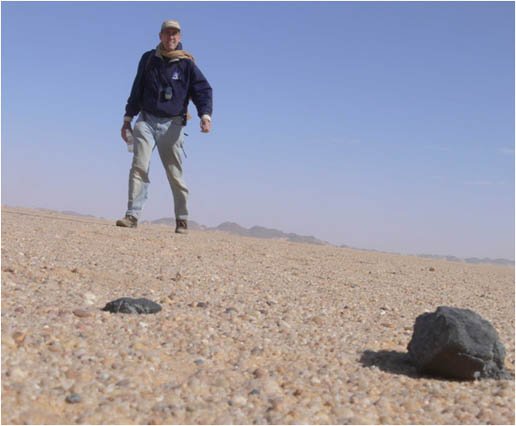
These particular diamonds suggested that this asteroid came from a smaller planet and the diamonds were actually formed inside of the planet and specifically here if we were to kind of estimate the size of this planet; it would be either Mercury sized or may be Mars sized. So, in other words it came from an object similar to Mercury in mass that was able to create these diamonds on the inside and then something happened to this planet and specifically it actually experienced a violent collision that shattered these diamonds and created these asteroids that we now call Ureilite. Now, this is very interesting because it kind of suggests that not only was there another planet in our solar system. This planet may have actually experienced a very violent; very extremely violent collision and demise that destroyed it completely. It eliminated from the solar system and we think this happens before Earth and Mercury and other patterns were actually born.
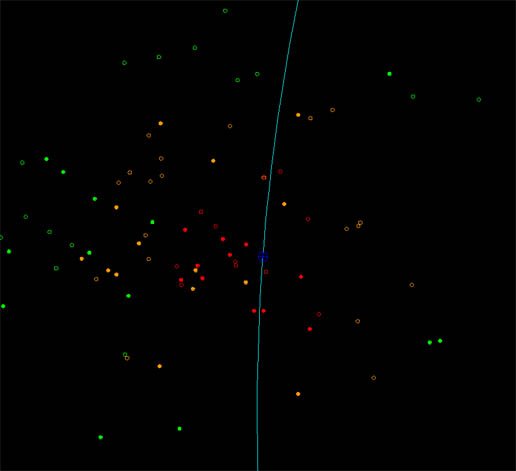
As a matter of fact we think that this was the so called first round of planetary formation in our solar system and this suggests that there were other planets may be similar to this unusual planet that were born before Earth, before Mercury and before Mars. All this is actually based on a study by the main researcher whose name is; I believe Farhan Nabiei and the study is called A large planetary body inferred from diamond inclusions in a ureilite meteorite. In other words, they were able to infer that there was most likely a very interesting planet a long time ago approximately like 10 million years after the creation of the solar system similar in size and in mass to Mars that may have experienced collision.
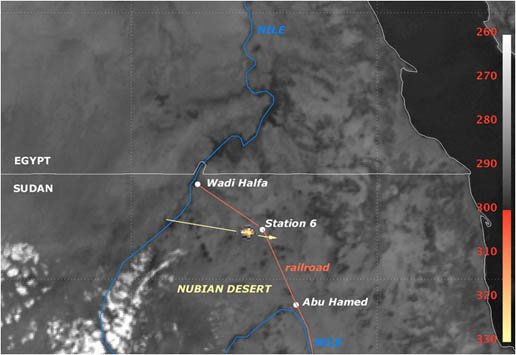
Now, you might assume that just may be this was the same object that actually created the moon and basically we know that there was a Mercury sized object which collided with Earth and this particular object may have actually been responsible for the creation of the Moon and the Earth. But the thing is, we would actually have similar composition of that meteorite to our Earth and to our planet and we don't realize our different composition. This is just another Mercury sized object that may have been somewhere in the Solar System that exploded. It now could they have come from actual Mercury and Mars. Well, we have received those asteroids as well and we know that they do produce slightly different composition as well. So, in other words this particular object which also seems to have organic molecules in it including amino acids of all things. Amino acids are the things in our body which this asteroid had them inside it. So, that's another mystery and we think that this probably came from a completely different object. Probably somewhere in the orbit between Mars and Mercury.

We don't really know, where? So, for better understanding we created a random rocky planet in the Universe Sandbox for us to understand more deeply and in the simulation this planet was personally generated to be called as Oran. Now we don't really know if this is what it looked like. But for our purpose we assumed that they did. Now, so what exactly happened to it? Well, it may have actually received a collision from another similar body pretty much head-on and the collision was so powerful, fast and so violent that it may have completely eliminated and destroyed this planet and this resulted in a large amount of debris and basically this asteroids floated around the solar system. Alternatively, this is what could have happened!
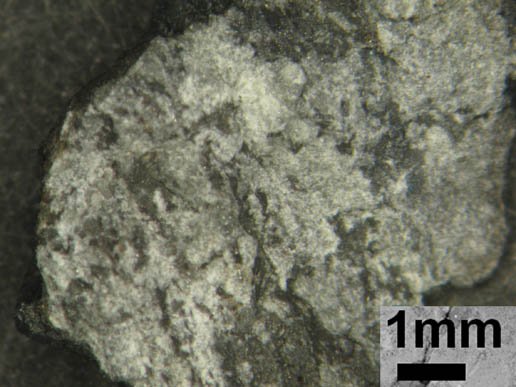
So, we placed another random rocky planet. So that was situation number one may be not as likely and the situation number two is a little bit more likely. So, may be just may be there was another planet it's called Satacustibiuste (in the Universe Sandbox only). So, this planet actually looks very beautiful and very metallic received a collision probably from may be a proportional direction that because of the speed of the collision resulted in this planets getting so much extra velocity that it ended up being kicked out of the solar system and it essentially either collided with a gas giant on the way or most likely just basically became a rock planet and escaped into the outskirts of the solar system first and then basically skipped our solar system altogether. Now, the collision of it created a lot of asteroids. But at the same time we lost another planet. Now, this is a slightly more likely scenario. But of course there's another scenario and that would be a collision with any of the gas giants or more interestingly with our own Sun. The collision may have actually resulted in this particular planet basically flying into our Sun and being absorbed by it as well and obviously the resulting explosion left all of these asteroids orbiting to the solar system.
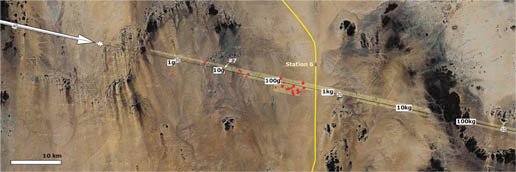
So, which of these is more likely? I guess time will tell and more research as well. But for now what we do know is that these unusual asteroids do represent this Lost Planet. Well, anyway the reality is that we don't know anything about this Lost Planet. We don't really know anything about it other than the fact that they left a lot of mysterious signs around our solar system and as we discover more and more of these asteroids we might be able to learn a little bit more about the origins of our own solar system and also about the idea of planet generation and how our own earth may have been born as well and the Mercury that I placed in the simulation of Universe Sandbox earlier now turned into tiny little piece of Mercury that is now super tiny and only about 98 kilometers in radius. The rest of it basically fell to the planet Earth.


So, that's all I wanted to discuss about in this article and hopefully now we'll know a little bit more about this unusual missing planet and the signs it left around to the solar system and also that these meteorites that seem to have no known origin. Thank you so much for reading this article guys and if you've enjoyed reading the information in this article, don't forget to just Resteem for those who enjoys reading space articles and wants to learn more through the information provided here!!

STEEMSTEM
SteemSTEM is a community-driven project that now runs on Steem for more than 1.5 year. We seek to build a community of science lovers and to make the Steem blockchain a better place for Science Technology Engineering and Mathematics (STEM).
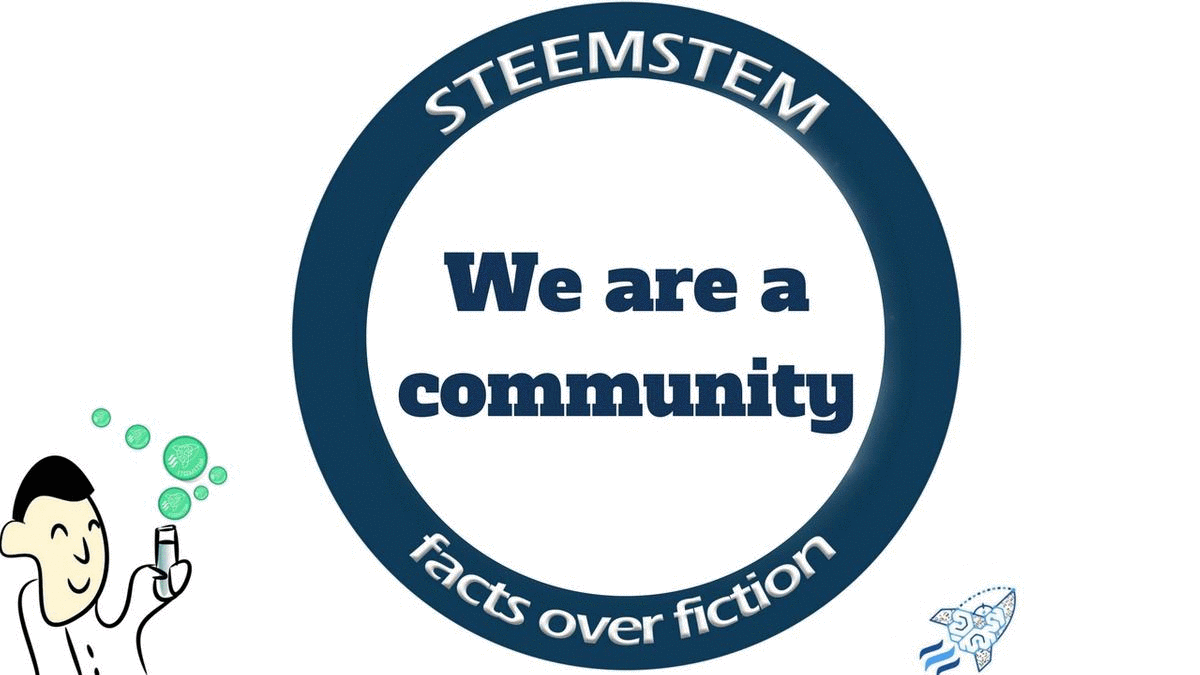
More information can be found on the @steemstem blog, on the discord server and in the last project report. Please also have a look on this post for what concerns the building of our community.
@star-vc Interesting!
Hi @conas! I am glad you found it useful!! :)
I also think that there were many more planets and dwarf planets in our solar system, and the majority of people have no idea that apart from Pluto there are other objects in our solar system.
Also, once you fire Universe Sandbox, it's so addictive that you end up doing hundreds of simulations :D
I also have Nasa's Eyes, check it out if you are bored. It will give you a few hours of fun as well.
Cheers!
Hi @alexdory! Thanks bro for taking your valuable time out and commenting.
You are totally correct, I guess I have been addicted to Universe Sandbox! Moreover, I have the NASA's Eyes as well which I guess is still free of cost and is always regularly updated. :)
I use that less often just to explore and seek knowledge about exoplanets!! :)
Me too! Both are good!
I was addicted to it for a long time.
Your article kicked ass! I guess I am still a reader more than a writer..
Thanks a lot bro for your nice words! I am really glad you liked it.. Apart from a good reader, you are a good writer as well bro! ;)
I will make some time to study how to better write.
Being informative is nice, but I want to expand my vocabulary and ways that I express myself. I don't even know if this is possible :P
Same here bro!! I see many good writers here who are able to very nicely do so.. Anyway good luck to you for this!! :)
I had realized that so much of that asteroid had been uncovered. Thank you for a good read @star-vc!
Hi @terrylovejoy! You are most welcome bro. I am glad you liked it. :)
I cannot prevent myself from thinking about extra-terrestrial life :)
Nice post. I like this sandbox thingie ^^
Hi @lemouth! Thanks a lot for taking out your valuable time and commenting. I am glad you liked it! 😇
Great article @star-vc It was a pleasure to read.
I've never heard about Universe Sandbox before.
Hi @astrophoto.kevin! How are you buddy? I am glad you found it useful!
Moreover Universe Sandbox is a very good software for simulation related to space and astronomy! It is very educative. If you are interested you can try so, but for an alternative I will suggest you NASA's Eyes on Exoplanet software which is free of cost and always updated by NASA.
I’m fine, thanks 😊 How are you, mate?
Just looked around on their website an saw that it is available on steam. I will take a look at the one from the NASA at first 😊 Thanks for the tip.
I am fine too, thanks for asking! :)
Sure, you can have a look at it. You are most welcome buddy!! :)
Congratulations @star-vc! You have completed some achievement on Steemit and have been rewarded with new badge(s) :
Click on any badge to view your own Board of Honor on SteemitBoard.
To support your work, I also upvoted your post!
For more information about SteemitBoard, click here
If you no longer want to receive notifications, reply to this comment with the word
STOP